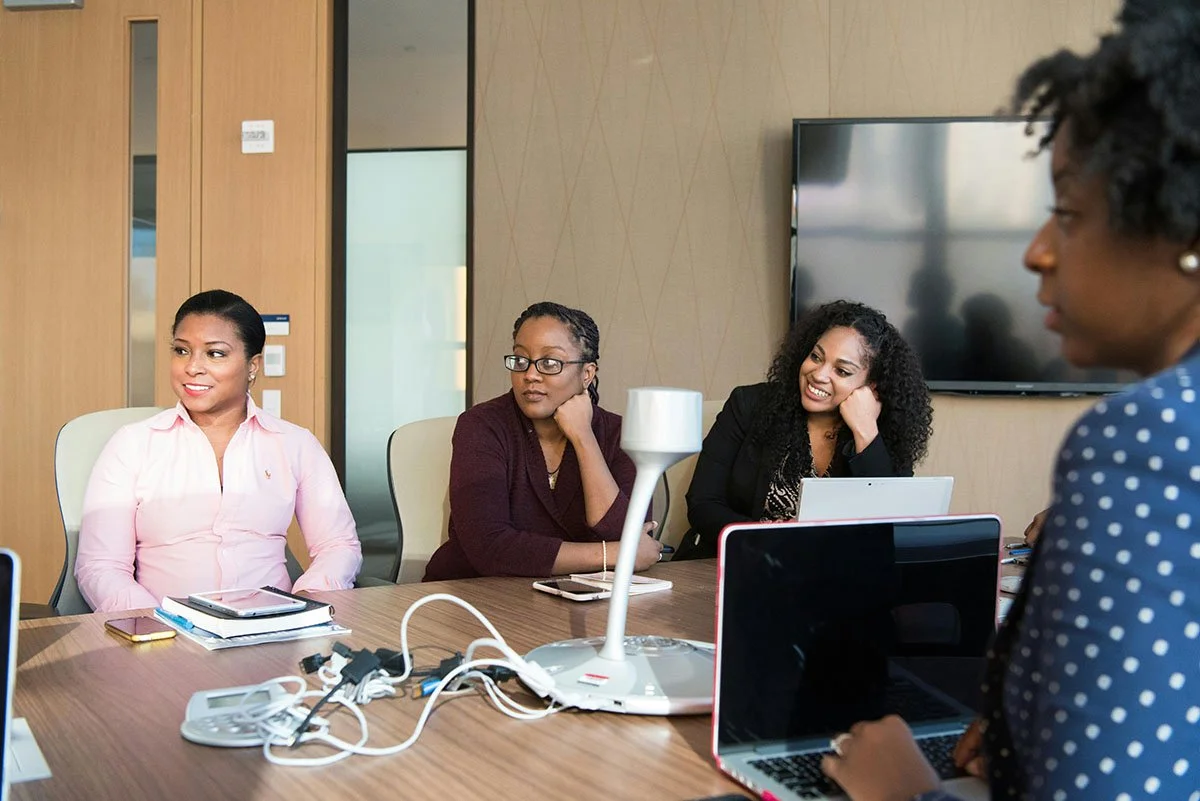Why Organizational Culture is Important and How to Build a Healthy Decision-Making Culture
In the world of nonprofits, culture is more than just a buzzword; it is the backbone of how every decision gets made. Whether you realize it or not, your organizational culture is constantly guiding your decision-making processes. When culture is unhealthy, it drives poor decisions. Conversely, when it’s strong and intentional, it becomes your greatest asset.
The Importance of a Healthy Organizational Culture
Culture shapes how decisions are made and who makes them. For nonprofits, fostering a healthy culture can lead to better governance and more effective decision-making. A healthy culture fosters trust, clarity, and shared ownership, leading to stronger governance, more thoughtful decisions, and ultimately, greater impact. A healthy organizational culture is characterized by:
Collaboration: People work across the organization, not just in silos. In a collaborative culture, silos break down, and staff see themselves as stewards of the entire mission, not just their own piece of it
Respectful Conflict: Conflict is healthy and respectful. It is not avoided but seen as an important source of relational and organizational growth. Staff are encouraged to challenge ides (not people) and to do so in ways that are constructive and not combative. It brings multiple perspectives to the table.
Active Listening: Listening is practiced—not just preached. In meetings and across teams, people feel heard because leaders and colleagues listen with the intent to understand, not just respond. This builds psychological safety and trust.
Clear Expectations: Responsibilities, roles, and goals are clearly defined and communicated. People know what is expected of them, how success is measured, and where they have the authority to act.
Inclusivity: People feel seen and heard. Inclusive cultures don’t just invite participation; they build systems and norms that ensure everyone’s voice has weight. This leaders to better decisions and a more connected organization.
The Challenges of Toxic Culture
When organizational culture is not thoughtfully cultivated, it can lead to dysfunctional dynamics and weakened impact. An unhealthy organizational culture can lead to poor governance practices, such as:
Board Overreach: When board members regularly direct staff, it undermines staff leadership and creates confusion. It blurs the lines between governance and management ultimately eroding organizational effectiveness.
Lack of Trust: A deep lack of trust in staff leadership can erode the effectiveness of the organization and ultimately its impact. Distrust breeds micromanagement and disengagement weakening the partnership between board and staff.
Formation of Cliques: The formation of cliques can lead to decision-making in isolation, excluding valuable input from other staff and board members. This fosters resentment, reduces transparency and undermines inclusive values many nonprofits aim to uphold.
Exclusion: When board members make decisions without broader input, it leaves out staff and other board members, leading to a lack of transparency. A culture of exclusion often results in important perspectives being ignored and increases the risk of poor decision-making.
Authoritative Attitude: A "The board knows best" attitude can stifle collaboration and innovation. It fuels an environment of competition not collaboration.
This isn’t just bad governance—it’s toxic culture. Nonprofits must be vigilant about these issues to ensure transparency and inclusivity.
Building a Healthy Decision-Making Culture
1. Know What You’re Working With
Understanding your culture—warts and all—is the first step. Observe how people treat each other, how decisions are made, and how clients are engaged. This assessment will provide a clear picture of the current state of your organizational culture.
2. Define the Culture You Want
Be explicit about your desired values and behaviors. Clearly articulate the core values you want to see in your organization and model them consistently. This involves not just naming these values but embodying them in everyday actions.
3. Build It Intentionally
Building a healthy culture requires intentional efforts. Model the culture you want to see, empower early adopters who embrace these values, and recognize and reward those who carry the culture forward. Hold yourself and others accountable, ensuring that there is no compromise on the values and behaviors you have defined.
4. Hire (and Fire) for Culture
Bring in people who reflect the values you want in your organization. Hiring individuals who align with your culture is crucial. Equally important is letting go of those who don’t, regardless of their talent, to maintain a cohesive and values-driven environment.
5. Understand People’s Lived Experience
Culture is relational. How people behave at work often stems from how they learned to do relationships in their families. Understanding these lived experiences can help create a more empathetic and cohesive environment, fostering a culture that supports healthy relationships and effective decision-making.
Start with Yourself
Culture isn’t a soft side conversation. It’s the backbone of how every decision gets made. It pushes you outside your comfort zone and challenges your own understanding of what is and isn’t healthy relationally. If you want better outcomes and staff making smarter decisions, it starts with your culture, which ultimately begins with you. As Louis Gerstner, former IBM CEO, said, “Culture is not just one aspect of the game—it is the game.”
At Mission + Strategy, we specialize in helping organizations build a culture that drives positive outcomes. Our approach aligns your values and mission with everyday practices, fostering an environment where collaboration, respect, and inclusivity thrive. Reach out to us to learn more about how we can support your journey towards a healthier organizational culture.
Together, we are stronger.
If you’re interested in building organizational culture or need support in balancing your mission and business strategies, we’re here to help.
Mission + Strategy is an invested thought partner to your nonprofit organization. Through our Strategic Advising, Mergers & Partnerships, and Shared Back Office service solutions, we help nonprofits achieve alignment between their mission and business strategies.








